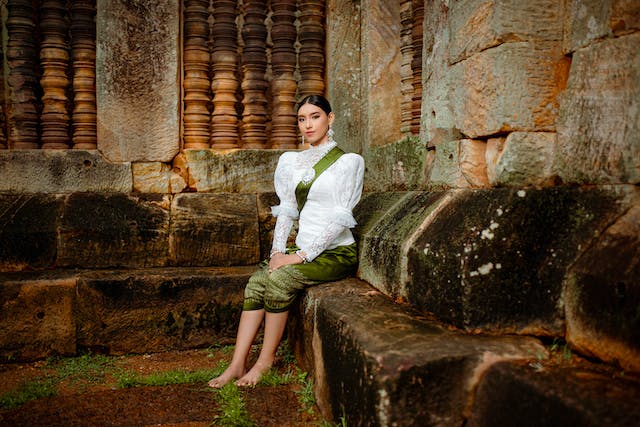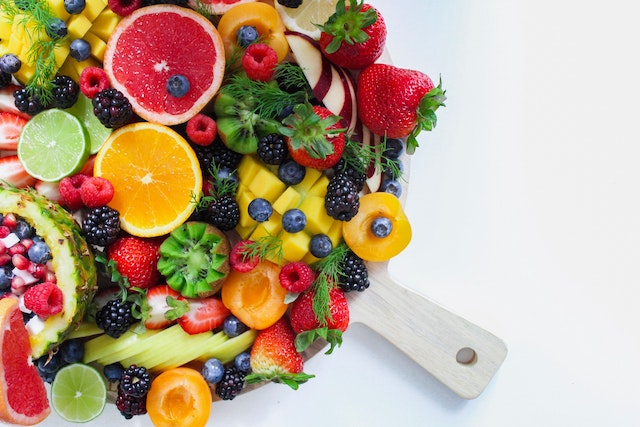Introduction: Embroidery, with its intricate stitches and vibrant threads, is a timeless art form that has woven its way through cultures and generations. From delicate handkerchiefs to elaborate tapestries, the art of embroidery has adorned textiles with beauty and meaning for centuries. In this blog post, we’ll delve into the rich history of embroidered, explore its diverse techniques, and celebrate the enduring allure of this craft.
A Stitch in Time: A Brief History of Embroidery Embroidery’s roots can be traced back to ancient civilizations, with evidence of this art form found in the archaeological remnants of China, Egypt, and Persia. As trade routes flourished, so did the exchange of embroidery techniques, leading to the development of distinct styles in different regions.
During the Medieval and Renaissance periods, embroidery became an essential skill for women of nobility, showcasing their status and refinement. Intricate patterns adorned clothing, religious garments, and even furnishings. The advent of the Industrial Revolution saw the rise of machine embroidery, making the art more accessible but also raising concerns about the preservation of handcrafted traditions.
Embroidery Across Cultures: A Global Tapestry One of the remarkable aspects of embroidery is its ability to tell stories through stitches. Different cultures have developed unique embroidery styles, each reflecting the heritage and narratives of the people who create them. From the vibrant hues of Mexican Otomi embroidery to the delicate stitches of Japanese Sashiko, the world of embroidery is a diverse and captivating tapestry.
Contemporary Embroidery: A Resurgence of Craftsmanship While the industrial era threatened to diminish the significance of hand embroidery, the late 20th and early 21st centuries have witnessed a resurgence of interest in handmade crafts. The Do-It-Yourself (DIY) movement and the desire for personalized, unique items have breathed new life into embroidery.
Contemporary embroiderers, both amateurs and professionals, explore a wide range of materials and techniques. Embroidery is not limited to traditional fabrics; artists stitch onto unconventional surfaces like wood, plastic, and even metal. The art form has evolved to incorporate modern themes, from political statements to pop culture references, allowing embroidery to remain relevant in the ever-changing landscape of art.
The Therapeutic Thread: Mindful Embroidery Beyond its aesthetic appeal, embroidery has therapeutic benefits. The repetitive nature of stitching can induce a meditative state, offering a respite from the hustle and bustle of daily life. Many individuals turn to embroidery as a mindful practice, finding solace in the rhythmic motion of the needle and the tangible progress of their work.




